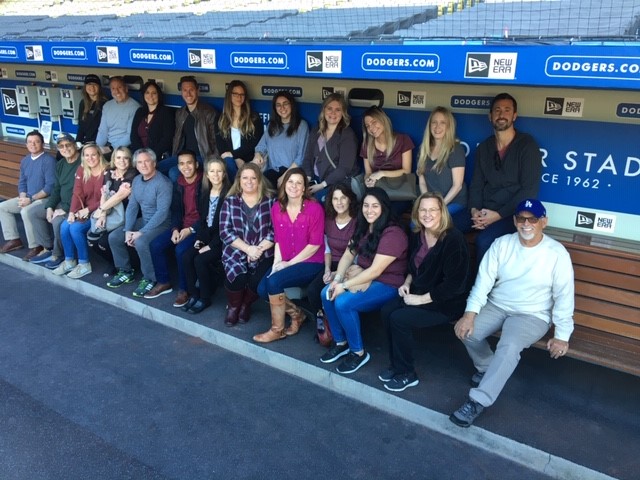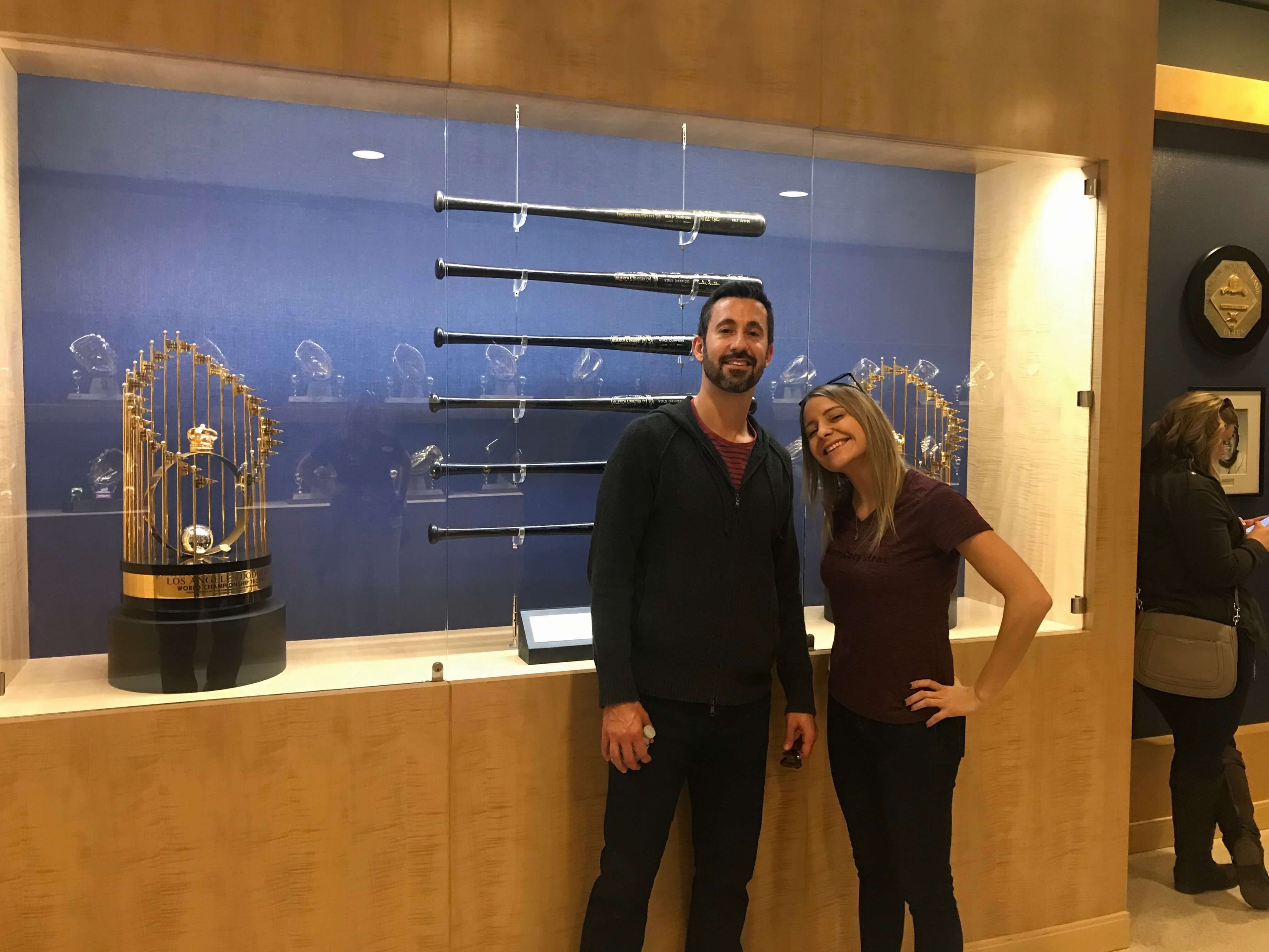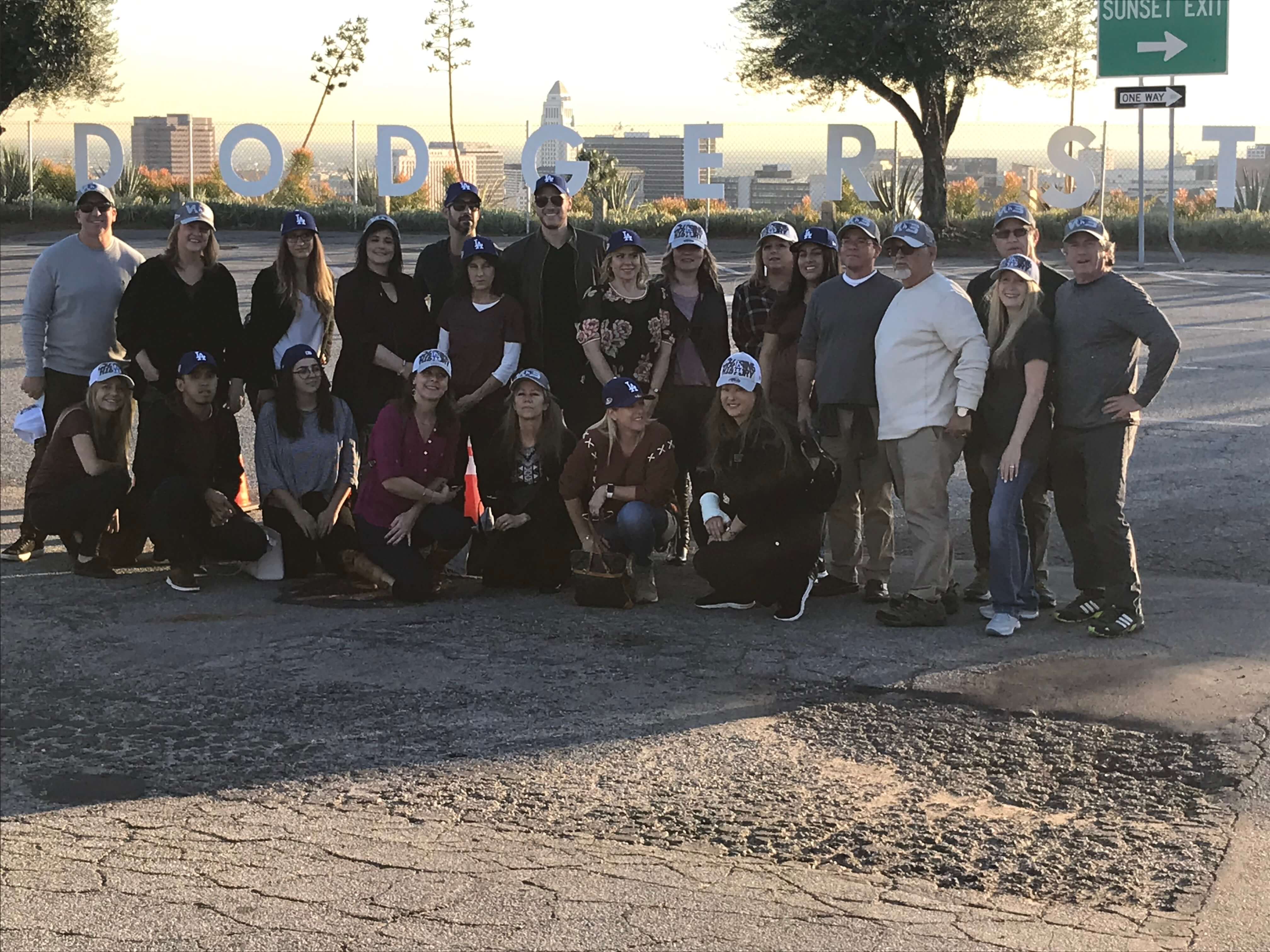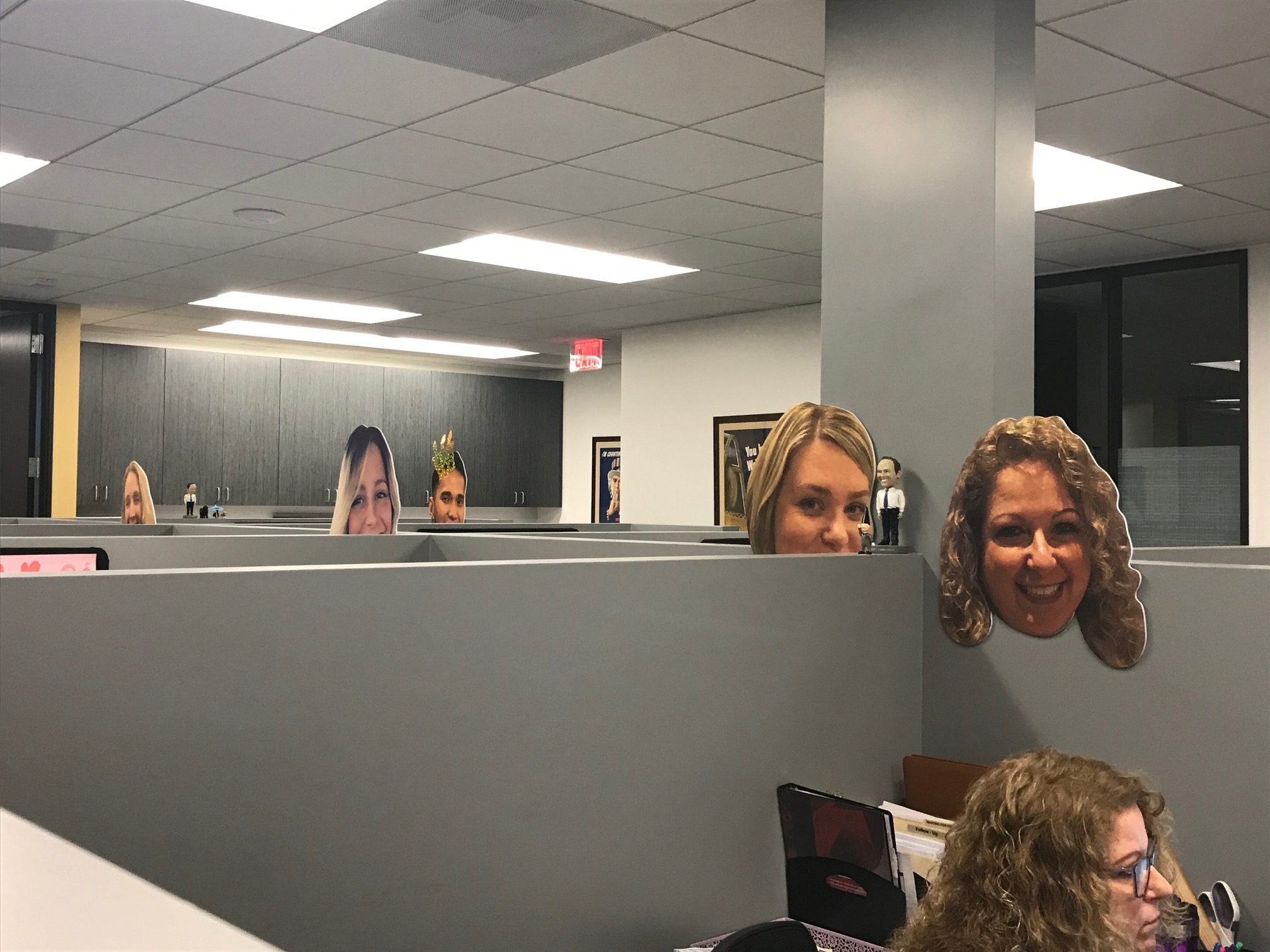
Tom Peters, a best-selling author of many books on management, stated the following.
“Some employees are worth a lot of money…. some employees are worth a hell of a lot more money.”
Don’t think for a minute that your competitors don’t know who your best people are; they do. They also, by default, know who the “not so good” employees are. Every business remains vulnerable.
[To read more from CorpStrat’s Martin Levy’s article click here]
What happens in a thriving economy is the best employees to become highly sought after. They often pay no attention to how the economy is doing in general, but in a great economy, they know that they will have more opportunities. These are opportunities they do not have to seek out. What does it take to keep the best? It takes recognition, rewards, strategy, and commitment.
It’s an Employee Market
2019 marks the lowest unemployment rate in U.S. history. Those employed are valuable assets: those unemployed may be functionally unemployable – or simply not skilled and/or not trainable for various reasons. You have to retain to be successful.
Don’t Wait!
As a leader, you must be proactive because if you hesitate, or delay implementing or improving the size, shape and value of any “Golden Handcuffs” you are offering, your better employees won’t wait while you figure it out.
Golden Handcuffs
“Take away my factories, my plants; take away my railroads, my ships, my transportation; take away my money; strip me of all of these but leave me my men and in two or three years, I will have them all again.” — Andrew Carnegie
A ‘Golden Handcuff’ is a way to describe a specific plan that addresses an annually funded tool to retain and reward a Key (or class of) Key employee(s) – but restricts their access over time.
In general, a Golden Handcuff is a selective executive accumulation plan offers customized to selected key corporate executives…a benefit over and above those provided to all employees by a qualified retirement plan or any other employee benefit plan.
This is typically a non-qualified arrangement (non-ERISA) between a corporation/entity and selected set of key executives in which the entity promises to pay the executive a specified benefit at a specified period of time, generally annually, with a restriction on the employees’ access to or vested interest in the accumulated asset. Most plans also have a survivor benefit to the executive’s family.
Get to work retaining and rewarding your top performers – before your competition does.









